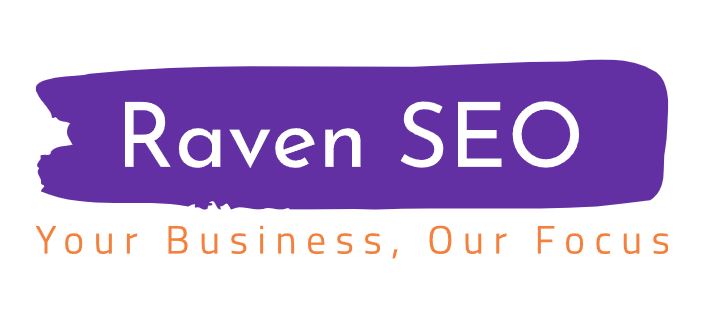Let’s be real: Google’s recent explanation of why indexed pages might not appear in search isn’t exactly groundbreaking news for those of us in the SEO trenches. We’ve known for a while that churning out content without considering user engagement is a recipe for ranking somewhere between page six and ten—if you rank at all. But what this statement does is provide a near-direct confirmation of something we’ve long suspected: user engagement is a significant ranking signal.
As Martin Splitt from Google Search Central pointed out in a recent video, “It’s either that the query is a bit weird or that the query hasn’t actually been asked that much or that we have other pages that we think will help the user more than yours.” And more importantly, “Especially if pages fall off the index again, that means that we thought they might be good but we found that users don’t really use them in search results.”
Gone are the days of simply stuffing keywords into thin content and expecting to climb the ranks. Google’s focus has shifted, and it’s now laser-focused on delivering results that genuinely satisfy user intent. This means that dwell time, bounce rate, click-through rates, and user interactions are all likely playing a role in how your pages are evaluated.
For businesses both in Baltimore, and nationwide, this is both a challenge and an opportunity. Think about it: Google’s trying to connect users with the most relevant and helpful resources. That means if your page isn’t engaging users, it’s going to get pushed down in favor of competitors who are. And honestly, this is a good thing. Websites that are providing good information, should be the ones that are ranking.
Now, I know what some of you are thinking: ‘My pages are already stuck in the 60-90 range.’ Don’t panic. This isn’t about throwing in the towel; it’s about using this information to refine your content strategy. It’s about creating content that not only answers user queries but also keeps them engaged and coming back for more.
The Engagement-Driven Content Process
So, how do we do that? How do we create content that not only answers user queries but also keeps them engaged and coming back for more? Here’s a process you can implement:
- Create Content with User Intent in Mind:
- Before you write a single word, understand your target audience and their needs.
- Research relevant keywords and topics, focusing on long-tail keywords that indicate specific user intent.
- Craft content that provides genuine value, answers questions, and solves problems.
- Make Your Content Engaging:
- Incorporate diverse content formats, such as videos, infographics, and interactive elements.
- Use compelling visuals and formatting to break up text and keep readers engaged.
- Encourage user interaction through comments, polls, and quizzes.
- Submit to Search Engines for Indexing:
- Ensure your website is properly structured and optimized for crawling.
- Submit your sitemap to Google Search Console to expedite indexing.
- Use internal linking to guide search engine crawlers to your new content.
- Promote on Social Platforms and Newsletters:
- Share your content on relevant social media platforms to drive traffic and engagement.
- Engage with your audience in the comments and respond to questions.
- Include links to your content in your email newsletter to reach your subscribers.
How Do You Know if Your Post is Engaging?
Measuring user engagement is crucial for understanding what’s working and what’s not. Here are some key metrics to track, but before we dive in, let’s hear directly from Google’s Martin Splitt on why this matters:
- Dwell Time: How long users spend on your page. A longer dwell time indicates that your content is engaging and valuable.
- Bounce Rate: The percentage of users who leave your page after viewing only one page. A high bounce rate suggests that your content isn’t meeting user expectations.
- Click-Through Rate (CTR): The percentage of users who click on links or calls to action within your content. A high CTR indicates that your content is compelling and actionable.
- Social Shares and Comments: The number of times your content is shared on social media and the number of comments it receives. This indicates that your content is resonating with your audience.
- User Interactions: Track user interactions, such as form submissions, downloads, and quiz completions. This provides insights into how users are engaging with your content.
- Heatmaps and User Recordings: Tools like Hotjar can provide visual representations of user behavior on your page, showing where users are clicking and how far they are scrolling.
- Google Analytics: This tool is your best friend when it comes to measuring user engagement. You can track all of the metrics mentioned above, as well as many other useful metrics.
If you are looking for help with your SEO, check out our SEO Services.
We have also talked about the importance of Woocommerce Security. If you are interested in learning more, check out our post.
We have also previously discussed how to create engaging content, and how to improve your website’s page speed.
Example of User Engagement:
Let’s say you’re a local Baltimore business that offers home renovation services. You could create a standard ‘How-To’ article titled, ‘How to Renovate Your Kitchen on a Budget.’ This article might cover the basics: planning, budgeting, choosing materials, etc.
However, to genuinely boost user engagement, you could transform this into an interactive guide. Imagine:
- A budget calculator: Users input their desired kitchen size and material preferences, and the calculator provides an estimated cost.
- A virtual design tool: Users can drag and drop different kitchen elements (cabinets, countertops, appliances) to visualize their dream kitchen.
- A quiz: ‘What’s Your Kitchen Renovation Style?’ This not only engages users but also helps you collect valuable data about their preferences.
- A user-generated photo gallery: Allow customers to upload photos of their completed kitchen projects.
This interactive guide goes beyond simply providing information. It encourages users to actively participate, explore, and spend more time on your page. It also shows Google that your content offers real value and keeps users engaged.
Conclusion:
Google’s emphasis on user engagement is a clear signal that content creators need to shift their focus from simply ranking to providing genuine value. By creating engaging content, promoting it effectively, and measuring its performance, you can not only improve your search visibility but also build a loyal audience.
This is a great thing for businesses in Baltimore, and nationwide, that are already focused on creating quality content.




